
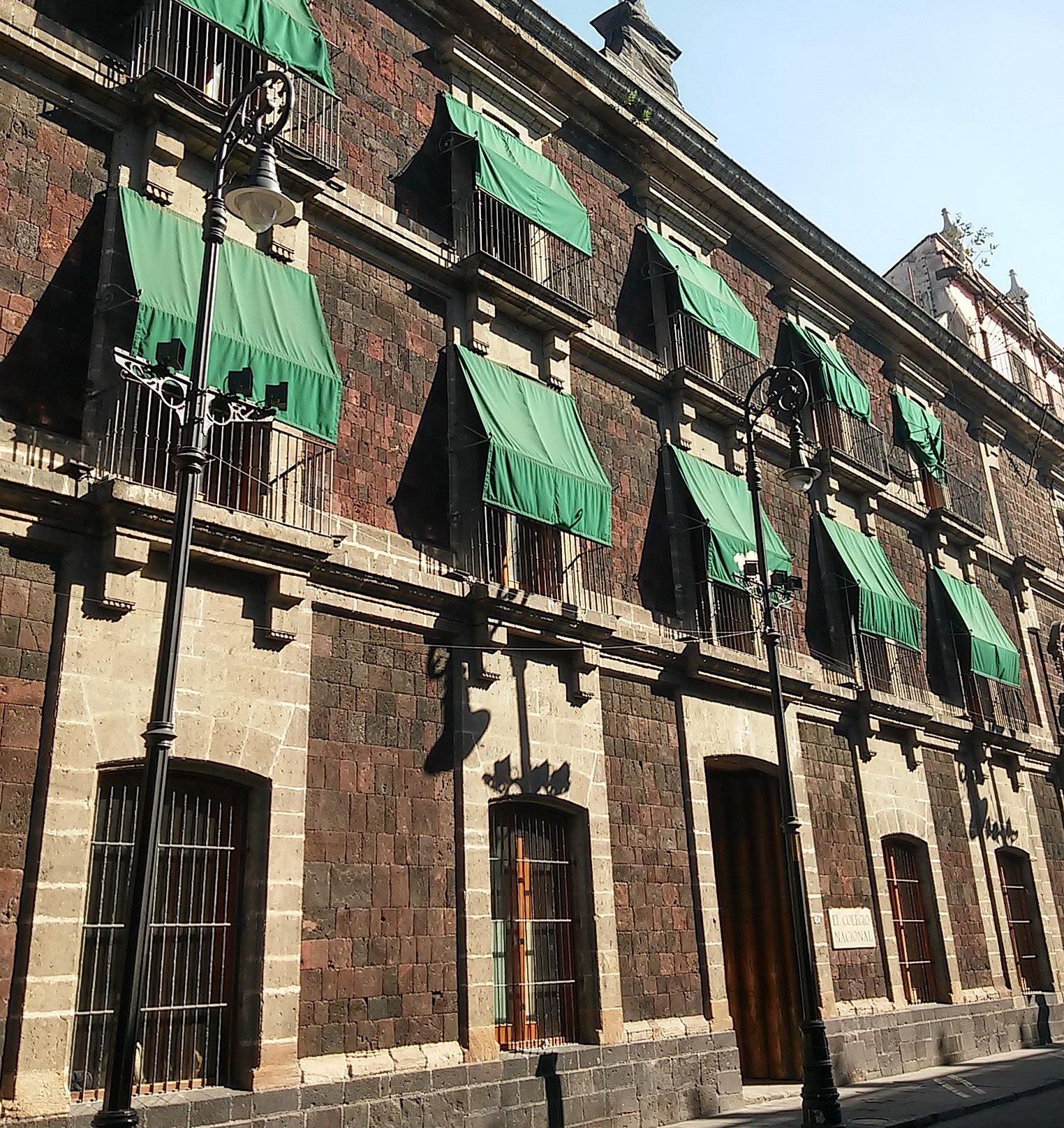
Photo: YoelResidente on Wikimedia Commons
Mexico’s Colegio Nacional is a public institution dedicated to the dissemination of scientific, artistic and humanistic culture, free of charge, freely accessible, and without any curricular or registration restrictions. To date, 105 personalities have been inducted, and they represent fields of knowledge like the Biological and Health Sciences, Social Sciences, Humanities and Arts and Letters.
Each year 250 academic and cultural activities are undertaken and about 30,000 visitors are received. The college forms a community of more than 212,000 people with the aim of sharing and discussing knowledge.
The Colnal publishes more than 50 print and 45 digital publications a year. It’s also produced numerous audiovisual materials including television series, documentaries, and informational videos which can be consulted on the YouTube channel. A Documentation Center, consisting of a Library, Newspaper Archive, Historical Archive, Icon Library, and Media Library, are all dedicated to the preservation, classification, and consultation of a collection focused on the work of college members.
The Building
Constructed as a convent, church, and school for girls, the original building was built on the site of two houses purchased on the streets of La Encarnación and Cordobanes (today Donceles). Work began on June 23, 1754 and concluded on November 1. On December 30, the first students entered, and on January 11, 1755, classes for non-boarding students began. In 1772, construction began on a temple dedicated to the Virgin of Pilar. This is still considered a masterpiece of the New Spanish Baroque. The new convent and school was designed by Ignacio Castera, in the NeoClassical style. Construction began in 1789 and was completed in 1807.
After the Convent
In 1863, during the Reform period, the convent-school was closed. The property was then sold during the Second Mexican Empire. With the restoration of the Republic, the title was annulled and for a time the building served as a prison for those who’d collaborated with the Maximiliano government.
After 1868, the facility was used for the Supreme Court of Justice until 1906. A small space in the north wing was assigned to a school for the blind. In 1943, the upper floors became the headquarters of the National College, and this was eventually extended to the rest of the building.
 +52 (55) 5789 4330
+52 (55) 5789 4330
 https://colnal.mx/
https://colnal.mx/
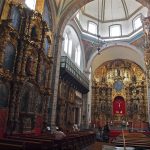
Nearest at 0.03 kms.
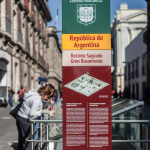
Nearest at 0.04 kms.
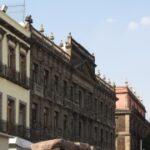
Nearest at 0.05 kms.
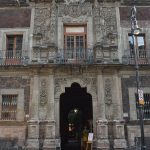
A modern graphic collection in an outstanding Baroque palace from the 18th century.

Quite likely the most important theater and performance space in all of Mexico City, of course it's the Esperanza Iris.

One of Mexico City's oldest continually running theaters, the Fru Fru has a reputation, and a legendary status.
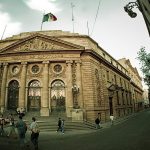
A Donceles palace is home to Mexico City's Legislative Assembly, a storied Neoclassical complex.
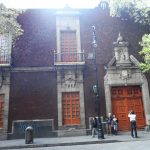
Among the most noteworthy of architectural sites on the Calle Donceles, much better known for its used booksellers.